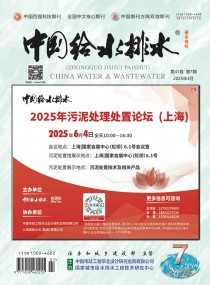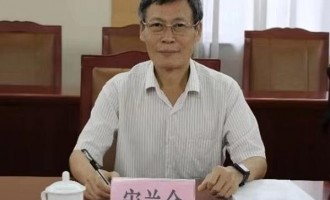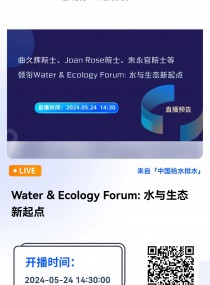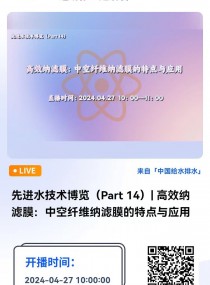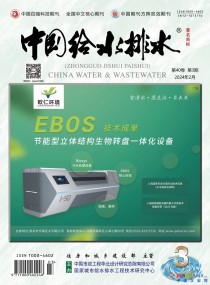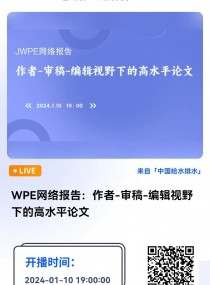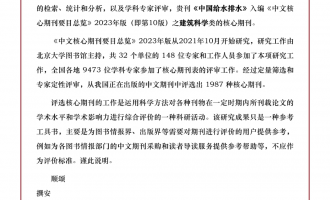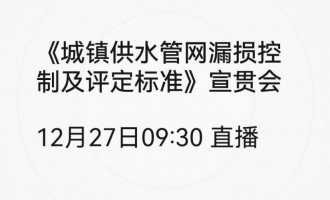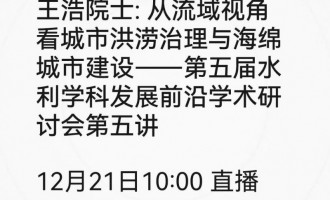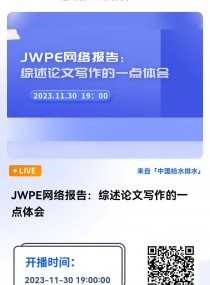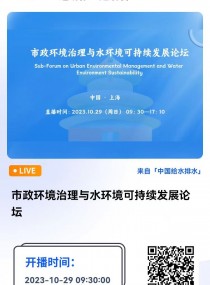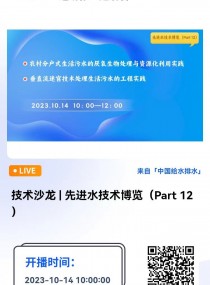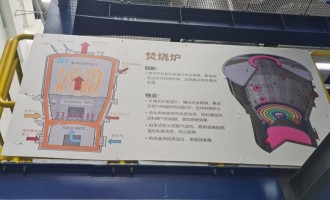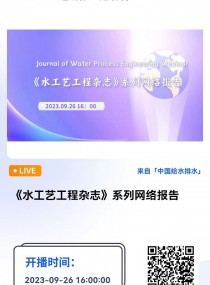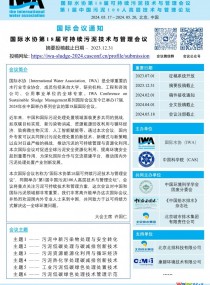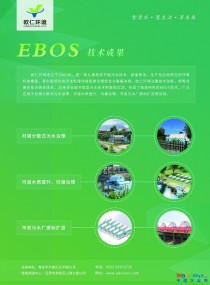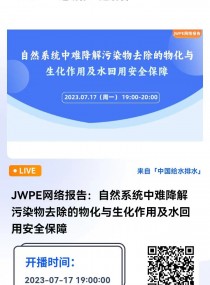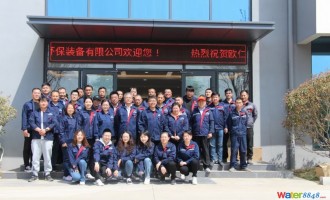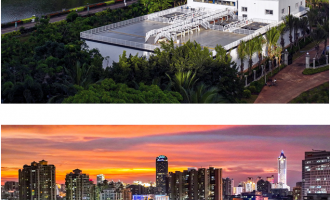Bay Park 污水厂的侧流处理方案
The Nassau County Department of Public Works owns and operates the 70-mgd Bay Park Wastewater Treatment Plant (BPWWTP), which was heavily damaged during Hurricane Sandy. When faced with rebuilding the facility, the County decided to capitalize on the opportunity and proactively prepare the plant for anticipated future nitrogen removal requirements.
As part of the recovery and rebuild efforts, the County turned to Hazen and Sawyer to assist with evaluating and demonstrating innovative technologies that would enable the facility to achieve nitrogen removal in the most efficient way possible. While conventional methods were considered, a comprehensive process evaluation identified sidestream treatment as a promising alternative.
In this approach, a novel biological process called deammonification would be utilized to biologically remove approximately 10% of the total nitrogen at the BPWWTP. Deammonification is an emerging process that can reduce the cost of wastewater treatment for many facilities, enabling an approximately 63% reduction of theoretical O2 requirements, an approximately 100% reduction of supplemental carbon requirements, and a significant reduction in biomass handling requirements when compared to removal through a mainstream activated sludge process.
A cost evaluation conducted as part of our research indicated that the BPWWTP would observe potential savings of approximately $1 million per year using deammonification by avoiding supplemental carbon and aeration costs.
Technology Alternatives and Selection
Presently, there are three main technology options for equipment related to performing sidestream deammonification.
After a careful consideration of the available technologies, the DEMON™ process was selected for piloting at the BPWWTP. The DEMON™ process employs a sequencing batch reactor configuration, coupled with a hydrocyclone, for the selective wasting of nitrite oxidizing bacteria and the retention of anaerobic oxidizing bacteria (Anammox). The Anammox bacteria are the main biological catalysts behind the deammonificiation process.
The reactors are filled from a filtrate/centrate equalization tank and operated in batch mode. Aeration is followed by mixing and then sedimentation. The effluent is then decanted from the sequential batch reactor. Each cycle (fill, reaction, settle, withdraw) is repeated approximately three times per day.
DEMON Pilot Testing and Results
Hazen and Sawyer, in collaboration with World Water Works and Nassau County, piloted the DEMON™ process at the BPWWTP from August to November 2013.
Start-up of the system was accomplished within 20 days to meet 80% removal of influent ammonia, and this high level of performance was maintained for the duration of the pilot. Additionally, no supplemental alkalinity or carbon was required, demonstrating that the sidestream deammonification process is a viable, cost-effective strategy for nitrogen reduction at the BPWWTP.
As a result of the success of this piloting effort, we are currently working on a full-scale design of a sidestream deammonification system for BPWWTP using the DEMON technology.
Future Applications
Even though the deammonification process is an emerging technology, opportunities for process optimization are already being explored. As part of the Bay Park project, Hazen and Sawyer, in collaboration with Manhattan College researchers, developed and utilized an Anammox-specific activity assay. This assay, which tracks anammox activity during periods of both high and low activity and can be applied to other deammonification systems to compare results, represents a simple and effective strategy that can be used to directly monitor the health of the Anammox bacteria in the deammonification process. It also provides the industry with a first step toward diagnosing and solving process instabilities that can arise from dynamic full-scale operation of deammonification systems.
公共工程的拿骚县部门拥有并运营着70 MGD湾园污水处理厂(BPWWTP),这是在严重飓风桑迪破坏。当面对重建基金,县决定利用这一机会,积极准备厂预期未来脱氮的要求。 由于部分恢复,重建的努力,全县转向哈森和索耶,以协助评估和展示创新技术,这将使该设施达到脱氮以尽可能最有效的方式。虽然传统的方法被认为是一个全面的过程评估认定支流的治疗是一个很有前途的替代。 在这种方法中,一种新型的生物过程被称为deammonification将被用于生物在BPWWTP去除总氮的约10%。 Deammonification是一个新兴的工艺相比,去除可降低废水处理的成本的许多设施,使约63%的减少的理论O 2的要求,一个大约100%还原的补充碳需求,以及显著减少生物量的处理要求通过主流的活性污泥法。 进行作为研究的一部分,一种经济评价表明,BPWWTP会观察潜在节省约100万美元,每年使用deammonification避免补充碳源和曝气费用。 技术替代与选择 目前,有对相关设备进行侧流deammonification三个主要的技术选择。 经过仔细考虑现有的技术,妖™工艺被选定为试点的BPWWTP。妖™工艺采用序批式反应器结构,再加上水力旋流器,亚硝酸盐氧化菌的选择性浪费和厌氧氧化细菌(厌氧氨氧化)的保留。厌氧氨氧化菌是deammonificiation过程背后的主要生物催化剂。 该反应器是从滤液/ centrate平衡罐填充在批处理模式下运行。曝气接着进行混合,然后沉淀。的流出物,然后从顺序间歇反应器倾析。每个周期(填,反应,沉淀,退出)重复每天大约三倍。 恶魔试点及结果 哈森和索耶,与世界水务和拿骚县的合作,试行妖™工艺在BPWWTP八月至2013年11月。 启动该系统被实现的20天之内,以满足80%去除进水氨,和这样的性能高的水平下保持导频的持续时间。此外,没有补充的碱度或碳被要求,表明副流deammonification过程是可行的,经济有效的策略,在BPWWTP氮减少。 作为这一试点工作取得成功的结果,我们目前正在使用妖技术支流deammonification系统BPWWTP的全面设计。 未来的应用 即使deammonification过程是一项新兴技术,过程优化的机会已经被探讨。由于湾园项目,哈森和索耶,在曼哈顿学院的研究人员合作的一部分,开发和利用的厌氧氨氧化专用活性测定。该测定中,追踪期间,高和低活动期厌氧氨氧化活性,可以被应用到其他deammonification系统进行比较的结果,表示可用于直接监测厌氧氨氧化菌的健康在deammonification过程简单而有效的策略。这也为业界提供了对诊断和解决可能出现的deammonification系统的动态全面运作过程不稳定性的第一步。









